Houses of industrial series
It is not entirely correct to consider houses of industrial series from the point of view of architecture. Rather, they need to be evaluated as design objects, and this was almost the first time when the principles of industrial design were tried to be implemented in the construction sector. Judge for yourself – houses made of precast reinforced concrete they were not built according to the traditional scheme, but were assembled from large-sized parts or ready-made blocks mass-produced at house-building plants, moreover – in a rather limited standard size, and this is high technology.
At the same time, such prefabricated houses were, nevertheless, functional, since they provided at least elementary comfort. Let them not be artistically meaningful, but still more or less aesthetically pleasing, these are still not sheds and dugouts built in haste from what caught my eye. In other words, in these buildings we can find three fundamental features of an industrial design product – a utilitarian and household function, high manufacturability in mass production and aesthetics.
By the way, the famous Italian architect and designer Aldo Rossi in the 1980s admired how beautifully designed our residential buildings of that “Khrushchev” era were, how orderly people lived in them, and considered the very concept of mass housing a brilliant find. However, Rossi did not feel these buildings with his hands and did not evaluate their quality, and in many cases it was no good.
Yes, today we say that at that time a vector of high technologies was set in the construction complex, but they were not observed, especially in terms of assembly. For example, the welds with which the panels were connected were performed poorly and there are cases when the panels simply fell out of the wall, while the house has not yet “worked out” the term defined by the TOR.
Therefore, considering the houses of mass series from the point of view of design, it would be more appropriate to talk about “semi-design”, because, firstly, the potential of high technologies was not fully realized – they were built, albeit quickly, but poorly; and secondly, the design principles were transferred to the construction ground somewhat artificially, and the architects of the former the formations were not ready to accept them. At the same time, it should be recognized that the appearance of transformable furniture designed specifically for those small-sized apartments is an absolute merit of our designers.
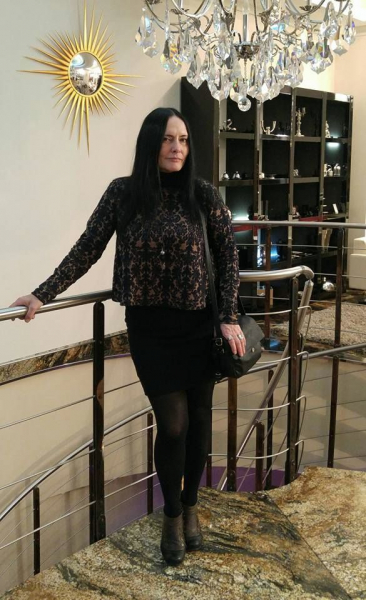

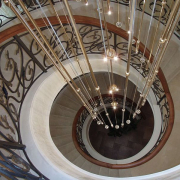

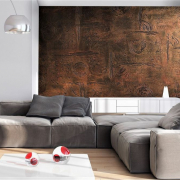
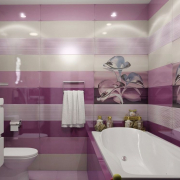
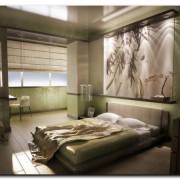

Leave a Reply
Want to join the discussion?Feel free to contribute!